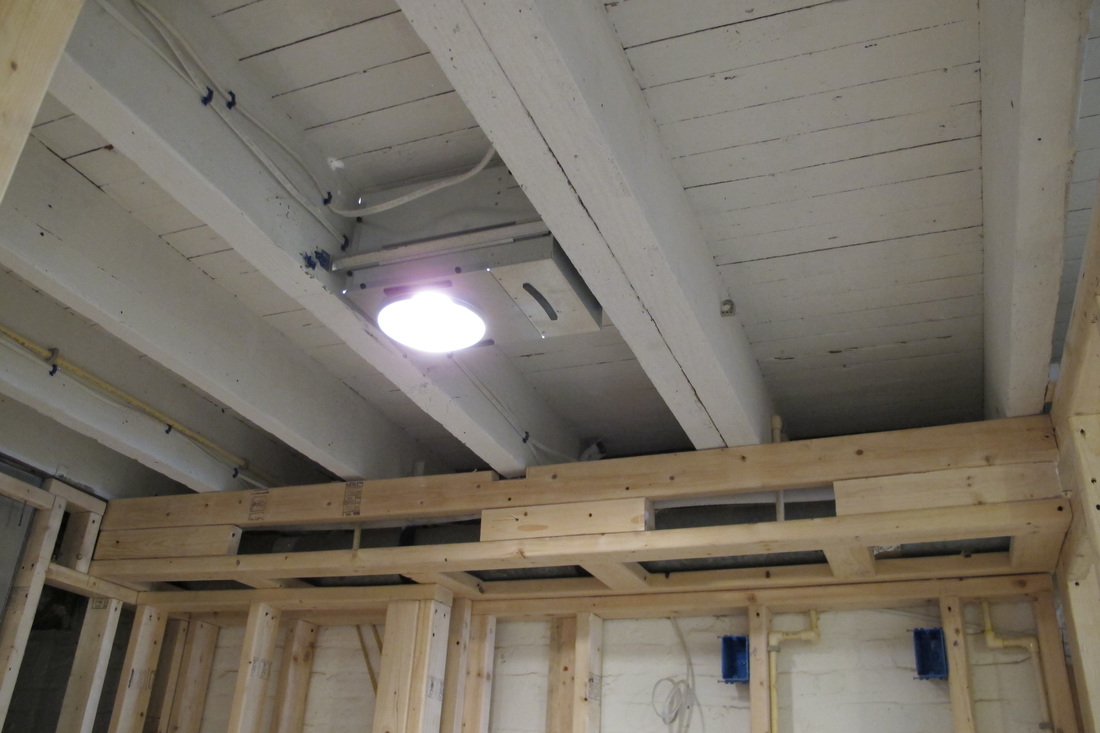
- #INSTALLING CEILING TILES TO JOISTS REQUIREMENT INSTALL#
- #INSTALLING CEILING TILES TO JOISTS REQUIREMENT PRO#
- #INSTALLING CEILING TILES TO JOISTS REQUIREMENT PLUS#
The cost will depend upon the details of the ceiling such as light fixtures, crown molding, corners involved, and the number of tiles that need trimming.

#INSTALLING CEILING TILES TO JOISTS REQUIREMENT INSTALL#
Hiring a professional to install a metal ceiling including supplying the materials for and installing the plywood substrate will cost between $2.50 and $5.50 per square foot. Professional Substrate and Tile Installation Costs Metal tiles are generally too heavy to be installed directly to the ceiling, as the weight of the tiles can pull the nails out of drywall or plaster. If you will be installing metal tiles, like tin or copper, directly to the ceiling, you will need to attach a plywood substrate or furring to the ceiling first, then staple or nail the tiles to the plywood. Plywood Substrates for Metal Ceiling Tile Installation Later in the article we discuss the cost of a variety of ceiling tiles. So, the cost for a 400 square foot room will be between $400 and $2,000 for labor. The cost to have a professional install direct mount ceiling tiles will run between $1 and $5 per square foot depending on the complexity of the ceiling and whether you will be using crown moldings. If you decide to take on the project, your only costs will be for adhesive and a few tools for applying the adhesive and measuring the room. Installing these tiles is a relatively easy DIY project. Direct mount ceiling tiles are a quick and easy way to cover an ugly surface or popcorn ceiling. Styrofoam, PVC, some mineral fiber tiles, and sometimes aluminum tiles can be installed this way.
#INSTALLING CEILING TILES TO JOISTS REQUIREMENT PRO#
These kits cost between $1.20 and $1.80 per square foot, so a 400 square foot room will cost between $480 and $720 for grid materials.ĭirect Mount Installation Costs: Pro or DIY?ĭirect Mount installation type is where the ceiling tiles are mounted to the ceiling using an adhesive. Kits are usually sold to cover 64 square feet and include all of the needed components. You can find a variety of drop ceiling kits at home improvement stores.

Materials (Not including tiles): Grid System Material Costs Costs of different types of ceiling tiles are reviewed later in the article.

This cost does not include the grid system itself or the cost of the tiles. A 400 square foot room will cost between $1,000 and $2,000. Costs depend on the complexity of the ceiling including, how many light fixtures must be worked around, the number of corners, etc. Hiring a professional to install a ceiling grid system will cost between $2.50 and $5 per square foot for labor and laying the tiles into the grid. Labor: Professional Grid System Installation Costs
#INSTALLING CEILING TILES TO JOISTS REQUIREMENT PLUS#
Pros typically charge by time (labor) plus materials. Tile manufacturers often sell grid covers that match their tiles so choosing a colored grid may not be necessary. Grid systems are available in steel and PVC, most often in white, but you can also find colors like brown and black. Tiles made of mineral fiber, PVC, and metals are available in many more styles in the 2’ x 2’ size. Some tiles are only available in 2’ x 4’ sizes, like fiberglass.

For instance, will 2’ x 2’ or 2’ x 4’ tiles work best? Deciding on the tiles you want will help you choose your system. Whether you install your ceiling system yourself or hire a professional, you will first need to make decisions about which system will best meet your needs. You can use almost any kind of ceiling tiles with standard or surface mount ceiling grids including mineral fiber, fiberglass, PVC, and metals. Surface Mount systems can be installed over a plaster or drywall ceiling If the ceiling surface material has been removed, the tiles can be attached to the ceiling framing, 2x4’s for example. Surface or Flush Mount ceiling systems attach directly to the ceiling framing without suspension wires and take only about an inch from the ceiling height. Traditional drop ceiling grids hang on suspension wires and can lower the ceiling height by up to 6 inches, so only work in a room with enough ceiling height to accommodate the system. Standard drop ceilings are commonly used in basements to hide the ceiling infrastructure, like wiring and ductwork, when access to systems needs to be maintained. In both of these systems, tiles are positioned or fitted into a grid that must first be assembled and hung. Ceiling Tiles Installation Options Drop and Flush Mount Ceilings Systems


 0 kommentar(er)
0 kommentar(er)
